Rising Energy Costs
The increasing cost of energy in South Korea is a pivotal driver for the led lighting market. As electricity prices continue to rise, consumers and businesses are seeking more energy-efficient solutions to mitigate expenses. LED lighting, known for its low energy consumption, offers a compelling alternative to traditional lighting options. In fact, LED lights can reduce energy usage by up to 80%, making them an attractive choice for cost-conscious consumers. This trend is particularly evident in commercial sectors, where businesses are increasingly adopting LED technology to lower operational costs. The LED lighting market is likely to experience substantial growth as more entities recognize the long-term savings associated with switching to LED solutions.
Consumer Awareness and Preferences
Growing consumer awareness regarding energy efficiency and environmental sustainability is significantly influencing the led lighting market. As individuals become more informed about the benefits of LED technology, including its longevity and reduced environmental impact, there is a noticeable shift in purchasing preferences. Surveys indicate that a substantial % of consumers in South Korea prioritize energy-efficient products when making lighting decisions. This trend is further supported by marketing campaigns that highlight the advantages of LED lighting, such as lower energy bills and reduced carbon footprints. Consequently, the led lighting market is poised for growth as consumer preferences increasingly align with sustainable and energy-efficient solutions.
Technological Innovation in Lighting
Technological advancements in lighting technology are transforming the led lighting market in South Korea. Innovations such as smart lighting systems, which integrate IoT capabilities, are gaining traction among consumers and businesses alike. These systems allow for enhanced control over lighting, including remote management and energy monitoring, which can lead to further energy savings. The market for smart LED lighting is projected to grow significantly, as consumers become more aware of the benefits of integrating technology into their lighting solutions. This trend indicates a shift towards more intelligent and adaptable lighting systems, which could redefine the landscape of the led lighting market.
Environmental Regulations and Standards
The implementation of stringent environmental regulations in South Korea is driving the adoption of LED lighting solutions. Government policies aimed at reducing carbon emissions and promoting energy efficiency are encouraging businesses and consumers to transition to more sustainable lighting options. The led lighting market is likely to see increased demand as compliance with these regulations becomes essential. For instance, the South Korean government has set ambitious targets for reducing greenhouse gas emissions, which includes promoting the use of energy-efficient lighting technologies. This regulatory environment is fostering a shift towards LED lighting, as it aligns with national sustainability goals.
Urbanization and Infrastructure Development
South Korea's rapid urbanization and ongoing infrastructure development are significant factors propelling the led lighting market. As cities expand and new urban areas emerge, there is a growing demand for efficient and sustainable lighting solutions. The government has initiated various urban development projects that prioritize energy-efficient technologies, including LED lighting. This shift is evident in public spaces, where LED streetlights are being installed to enhance safety and reduce energy consumption. The LED lighting market is expected to benefit from these initiatives, as urban planners and developers increasingly incorporate LED solutions into their designs, thereby fostering a more sustainable urban environment.

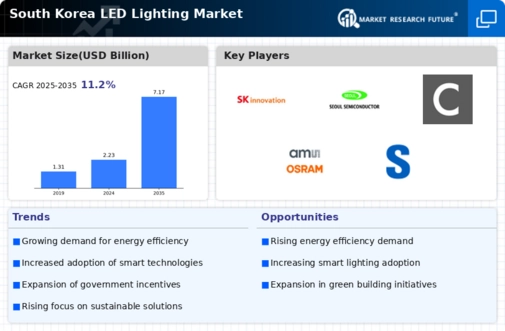
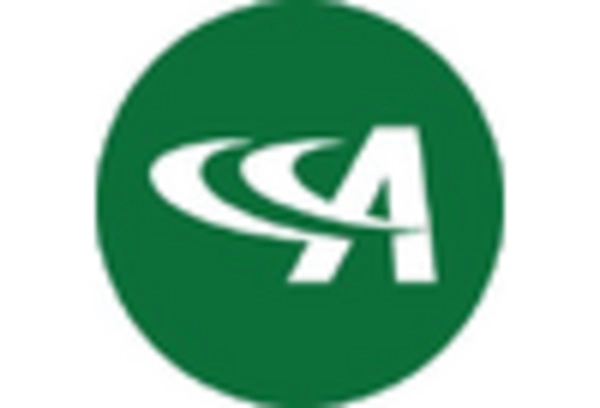
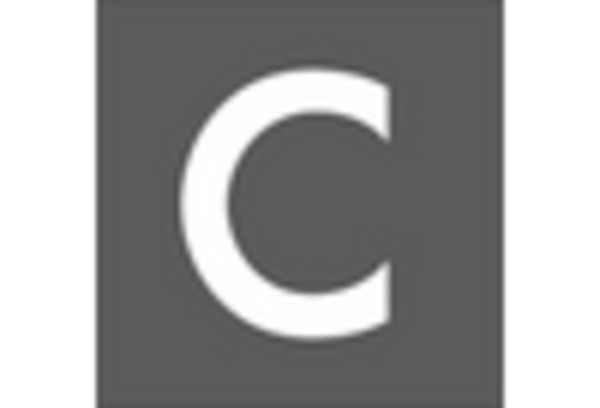
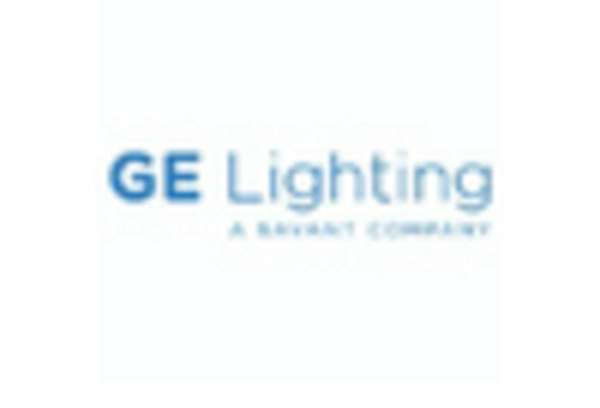
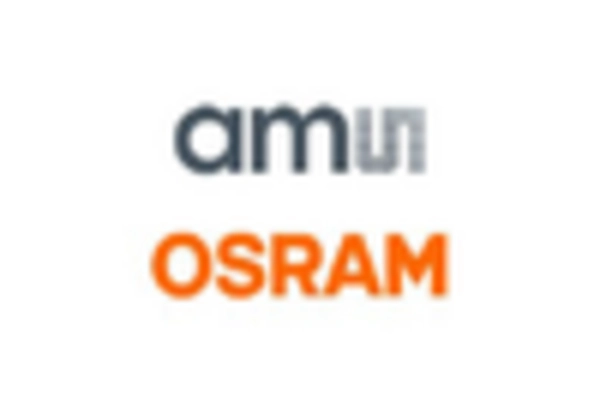
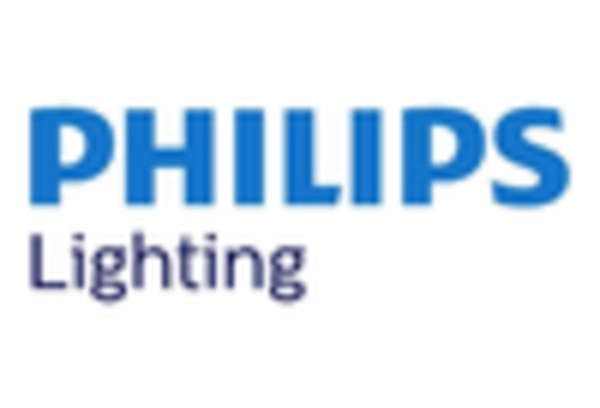









Leave a Comment